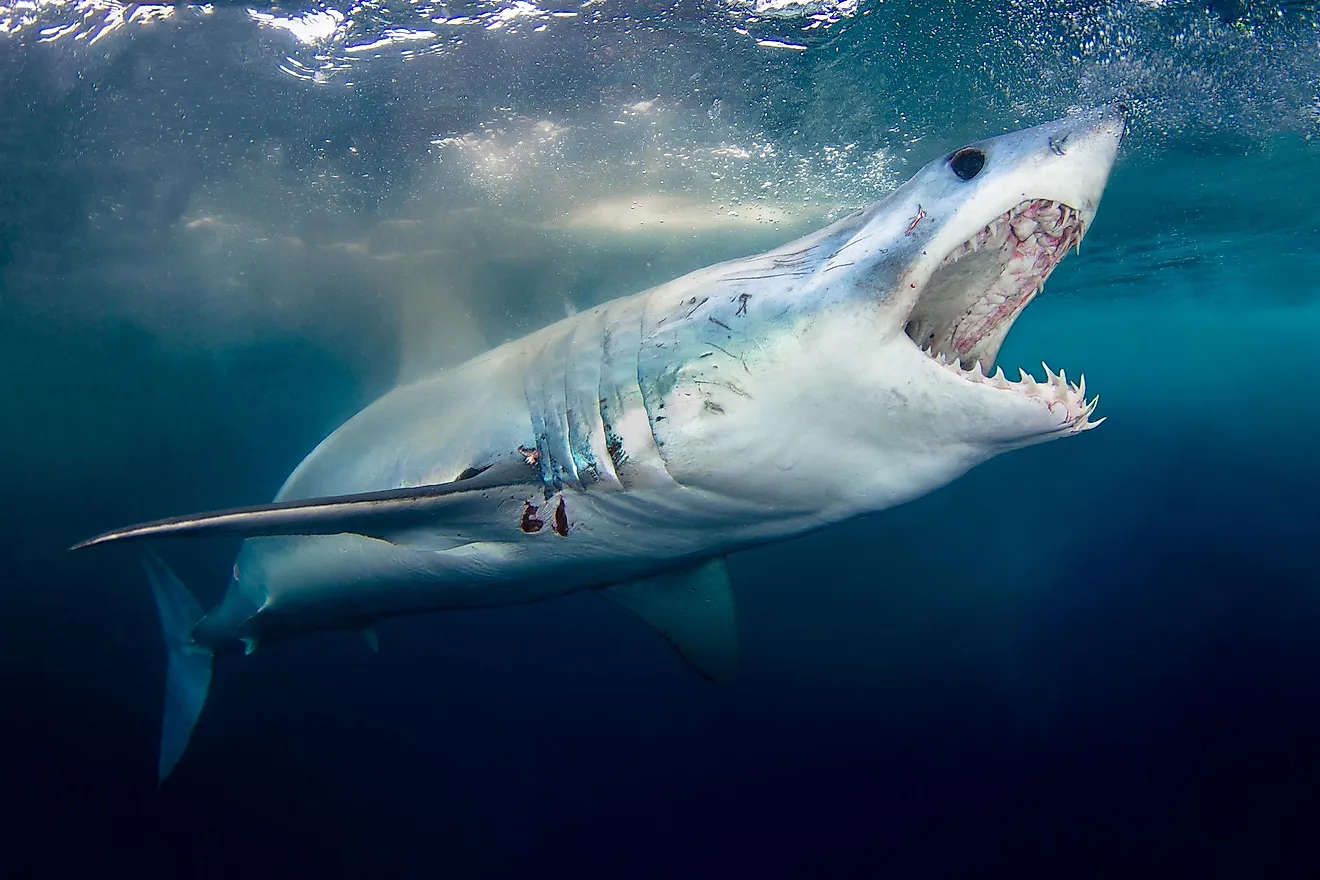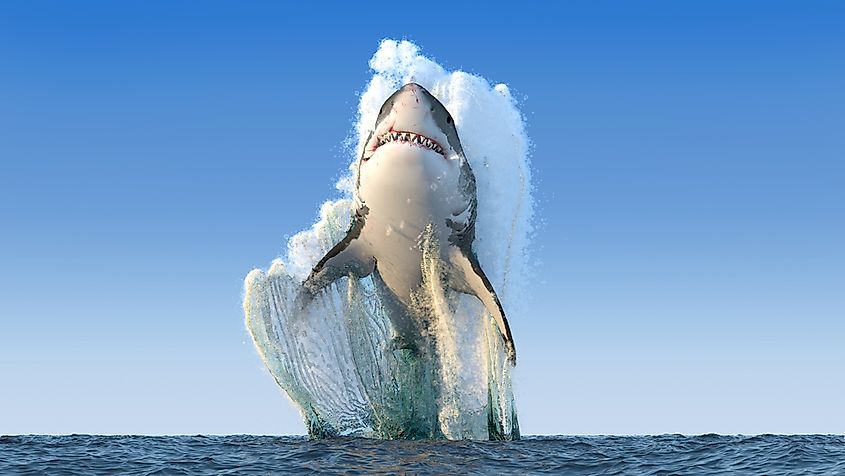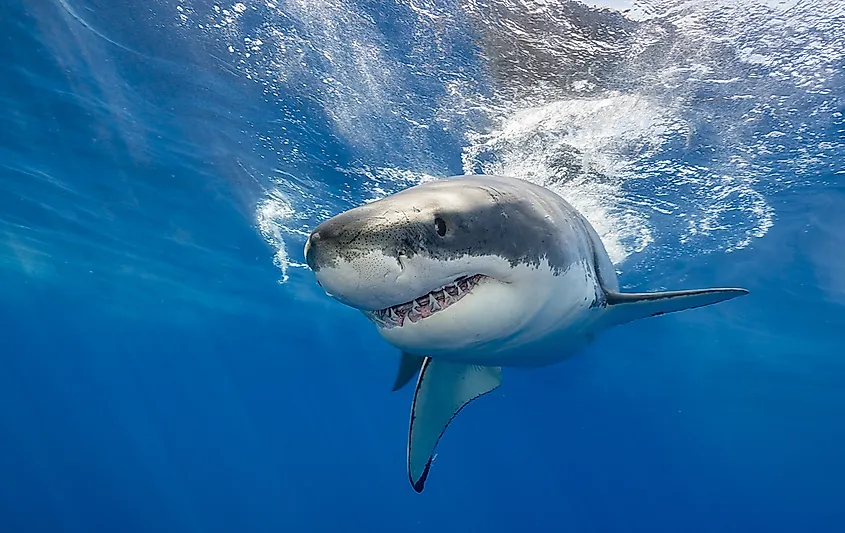What Three Senses Do Sharks Have That Humans Don’t?

- The sense of smell is extremely important for this species survival, which is witnessed in the fact that almost one third of their brain is allocated towards it.
- Sharks have a special feature - their teeth are able to detect pressure due to the nerves that are connected to the teeth.
- Their sixth sense is electroreception or ampullae of Lorenzini. With it they are able to detect electrical fields around them.
Sharks have exceptionally well developed sensory abilities. Between the regular senses, they have some extra ones that come with aquatic creatures. They are equipped with eight senses, three more than humans, and one of them is sometimes described as their sixth sense. It would not be easy to hide from these puppies!
What Can Sharks Feel?
Their sight is specially adapted for nighttime and deep waters. The eyes are covered with a reflective film made of shiny cells behind the retina called tapetum lucidum. It makes them glow in the dark, just like with some nocturnal land animals. But before a shark would see you, there are several other senses that it would detect you with first.
A sharks' smell is especially heightened, which is vital for their survival. Up to a third of its brain is dedicated to it. Some species can smell even the smallest drop of blood across a remarkable distance.

Their hearing is especially sensitive to low frequencies. They do not have external ears but do have inner ones on the sides of their head. They consist of three bones filled with fluid and are covered in hair cells. Vibrations caused by sound waves will make them vibrate, which will be translated by the brain as sound, just like with us.
There are nerve endings under their skin that perceive touch. A distinctive feature of sharks, their teeth, are also equipped with nerves sensitive to pressure. Because they do not have hands, they may use their teeth to get more information about an object. Curiosity can be dangerous in this case because it can unintentionally cause injury.
One of their senses that are not so well developed is taste, as it does not have a crucial role in survival for sharks.
The Coveted Sixth Sense
Sharks have some senses we do not experience at all.
One of them is the electroreception or ampullae of Lorenzini, a sixth sense. It is an electro-sensory system that works through receptors around the head and snout. They are places in a sort of jelly-filled organ called ampullae of Lorenzini. These receptors are incredibly sensitive and can feel the smallest electrical fields. For example, electrical energy created by muscle contractions in a seal nearby. It is also thought that they navigate their migration by sensing the Earth's geomagnetic field.

Additional Senses
Another acoustic sense they have is the lateral line. It's a system of canals filled with fluid below the skin. They are placed on the sides of the body and their head. The sensory cells in these canals are called neuromasts. They have tiny hair-like structures that are stimulated by water movement. This will then trigger a nerve signal to the brain. It is the source of their spatial awareness. Their movement will create waves that will bounce of any physical object, which, in turn, enables them to develop a kind of pressure map of their environment.
Finally, another sense is still a bit of a mystery. On the sharks' back, his side, and jaw, there is a small depression formed by two oversized scales. It is called a sensory pit. The scales protect a sensory papilla, a small bundle of sensory cells inside this small dent. It is still not entirely clear what it does. It most likely reacts to mechanical stimulus, for example, water current.











